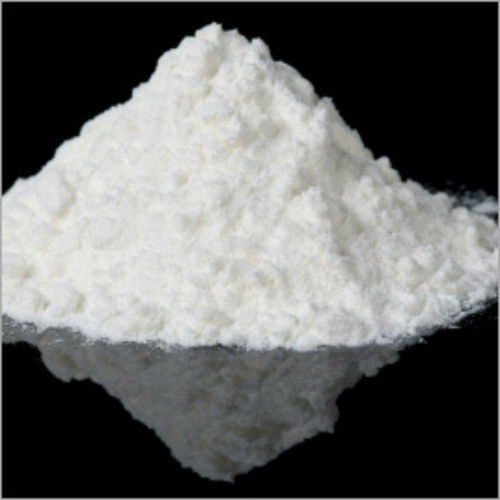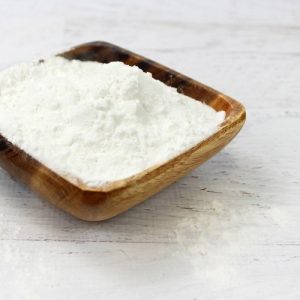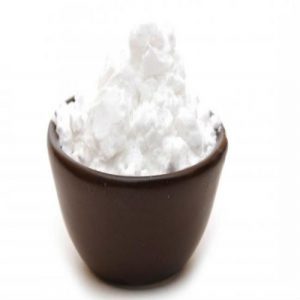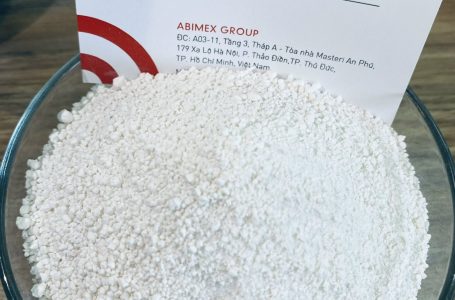
Continuing with part 1, let’s learn more about what nutrition of tapioca starch is:
6. Source of calcium
Calcium is important for strong bones and teeth.
According to the International Osteoporosis Foundation, you lose calcium each day through your skin, sweat, urine, and feces. Your body can not make calcium to replace what is lost. Humans absorb calcium through the foods they eat. One cup of pearl tapioca (from tapioca starch) has 30 milligrams (mg) of calcium, about 3 percent of the daily recommended value. Again, it’s not an impressive amount, but it counts toward your daily intake.

7. Low in sodium
Most people eat too much sodium. Especially since sodium is hidden in plain sight in processed snacks, soups, and condiments. A high-sodium diet is associated with high blood pressure, heart disease, and stroke. Tapioca contains a very small amount of sodium. One cup of tapioca pearls has just 2 mg.
8. Source of folate
Folate is a B vitamin that your body needs to make DNA and for cell division. It is also critical for women in their childbearing years to prevent neural tube defects such as spinal bifida. Folate deficiency may also cause anemia. One cup of tapioca pearls has 6 micrograms of folate, which is 2 percent of the daily recommended value.
That’s why Ms.Sandy, a colleague of mine, often uses tapioca starch to make food during pregnancy.
However, pregnant women should note that we should only use tapioca starch when hot in body. In case of cold body, low blood pressure and fatigue, we should not use much tapioca starch because of the strong welding of tapioca. Especially, if pregnant mother shows signs of pregnancy, the intensity of contractions of the stomach is still high, absolutely not recommended to use this starch.
9. Source of manganese
One cup of tapioca pearls provides 8 percent of the manganese your body needs each day. Manganese is an essential trace mineral that helps your body metabolize carbs, cholesterol, and amino acids. It also supports bone and connective tissue development.

10. Source of iron
Tapioca starch is a good source of iron. One cup of tapioca pearls provides over 13 percent of the daily recommended value. Iron is found in hemoglobin, a protein that carries oxygen to all parts of your body. If you don’t get enough iron, you may develop iron-deficiency anemia. This condition may cause serious side effects such as shortness of breath, fatigue, and chest pain.
12. Helps keep you full
The carbs and fiber in tapioca are filling. While tapioca starch is not a weight loss food, it may keep you fuller longer and suppress hunger. This can decrease the chances of overeating.
These are the nutritional values of tapioca starch for health that you should not ignore. We hope these helpful information will help you realize the great benefits of this food and take advantage of it from today.








